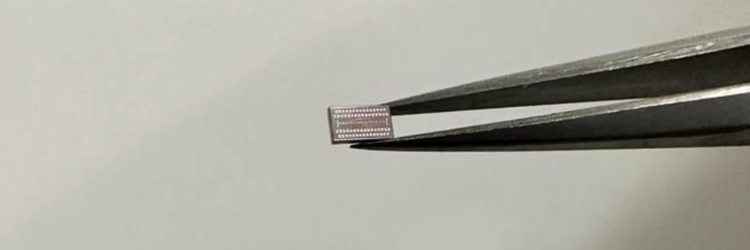‘Impossible’ Millimeter Wave Sensor has Wide Potential
Researchers at UC Davis developed a proof-of-concept sensor with the potential for millimeter-wave radars. They’ve dubbed the design a “mission impossible” made possible.
These radars send fast-moving electromagnetic waves to targets to analyze movement, position, and speed from the waves bounced back. They feature a natural sensitivity to small-scale motions and can focus on and sense data from microscopic objects.
The sensor uses a millimeter wave radar design, detecting vibrations a thousand times smaller, and changes in a target’s position one hundred times smaller, than a strand of human hair, making it better or on par with the world’s most accurate sensors. This one, however, is the size of a sesame seed, is cheap to produce, and features a long battery life. The work is published in the IEEE Journal of Solid-State Circuits.
Millimeter wave is the electromagnetic frequency between microwaves and infrared, ranging from 30 to 300 gigahertz. It enables fast communication, such as 5G, and is desirable for short-range sensing. However, it has high power consumption and limited performance of semiconductors at these frequencies.
The major challenge was homing in on the desired source. When researchers attempted to pick up the delicate signal of a small leaf thinning, their sensors were drowned out by noise. Enter Hao Wang, an electrical engineering doctoral student in Momeni’s High-Speed Integrated Systems Lab who decided to bypass the technological restraints while meeting with Momeni. Why not cancel out the noise with itself?
The lab worked quickly to assemble a prototype, and it worked on the first try. It allowed them to handle the volume of noise their sensor received. They subtracted the unnecessary noise while maintaining the sensitivity of their measurement and the integrity of their data. The millimeter wave sensor could detect all the information it needed without becoming “drowned out” by noise. This innovation powered the sensor’s high accuracy rates.

